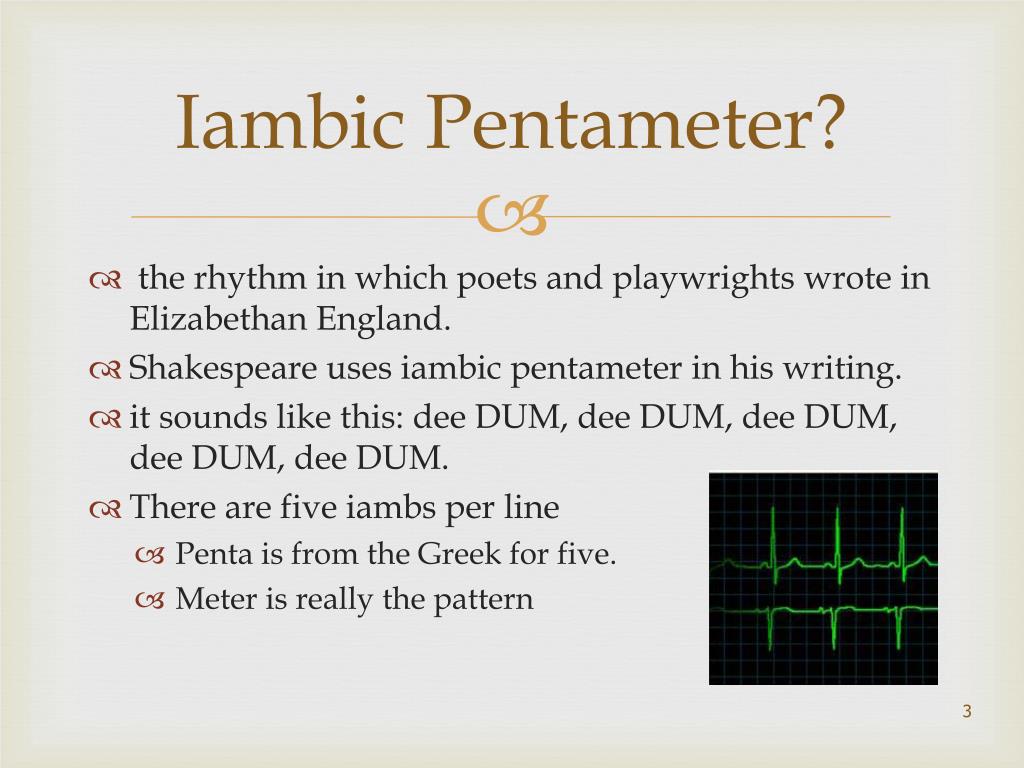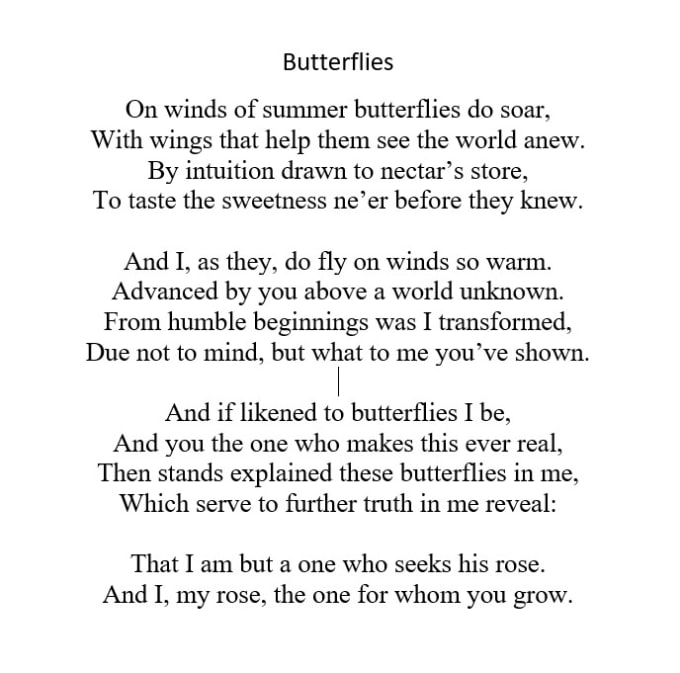

This issue of the duplicated b-rhyme is addressed in other sources as well. The first "state" referring to the Speaker's condition (line 2), the second to his mindset (line 10), and the third to "state" of a monarch or kingdom (line 14). As Frank explains in his article Shakespeare repeats the word "state" three times throughout the poem with each being a reference to something different. However, Shakespeare did not only create a pattern of line rhymes.

McRae says that the duplication of the b-rhyme redirects the reader's attention to the lines, and this "poem within a poem" pulls the piece back together in a way that contrasts its original pulling apart. The second unique characteristic is the repetition of the b-rhyme in lines 2 and 4 ("state" and "fate") as well as 10 and 12 ("state" and "gate"). McRae notes that this break from the traditional style of sonnet writing creates a feeling of the sonnet being "pulled apart". McRae points out, however, that the Speaker in this sonnet fails to produce a solution possibly because his overwhelming lack of self-worth prevents him from ever being able to state an actual argument, and instead uses his conclusion to contrast the negative feelings stated in the previous octave. Traditionally, the first eight lines of a sonnet produce a problem (a "when" statement) that is then resolved in the last six lines (a "then" statement). The first unique characteristic is the lack of a "when/then" pattern. Murdo William McRae notes two characteristics of the internal structure of Sonnet 29 he believes distinguish it from any of Shakespeare's other sonnets.


As noted by Bernhard Frank, Sonnet 29 includes two distinct sections with the Speaker explaining his current depressed state of mind in the first octave and then conjuring what appears to be a happier image in the last sestet. It follows the traditional English rhyme scheme of abab cdcd efef gg - though in this sonnet the b and f rhymes happen to be identical. Sonnet 29 follows the same basic structure as Shakespeare's other sonnets, containing fourteen lines and written in iambic pentameter, and composed of three rhyming quatrains with a rhyming couplet at the end. Sonnet 29 is written in the typical Shakespearean sonnet form, having 14 lines of iambic pentameter ending in a rhymed couplet. In the sonnet, the speaker bemoans his status as an outcast and failure but feels better upon thinking of his beloved. It is part of the Fair Youth sequence (which comprises sonnets 1- 126 in the accepted numbering stemming from the first edition in 1609). Sonnet 29 is one of 154 sonnets written by the English playwright and poet William Shakespeare.


 0 kommentar(er)
0 kommentar(er)
